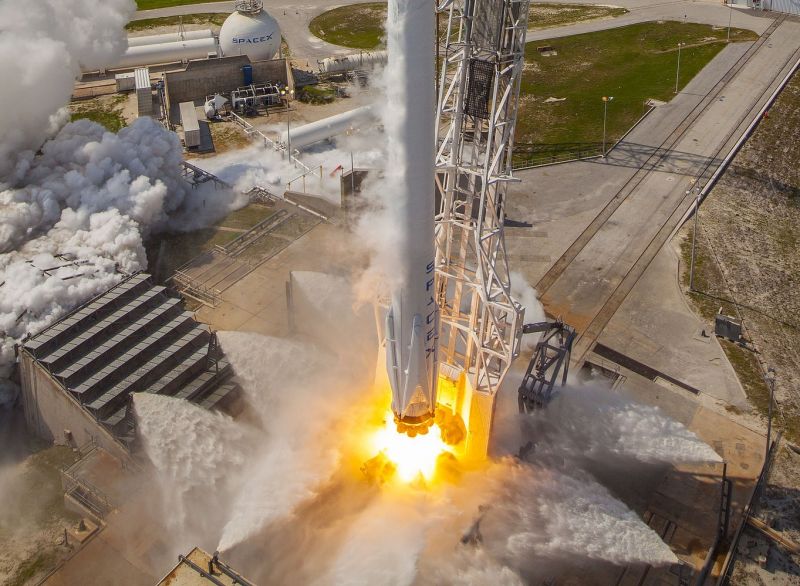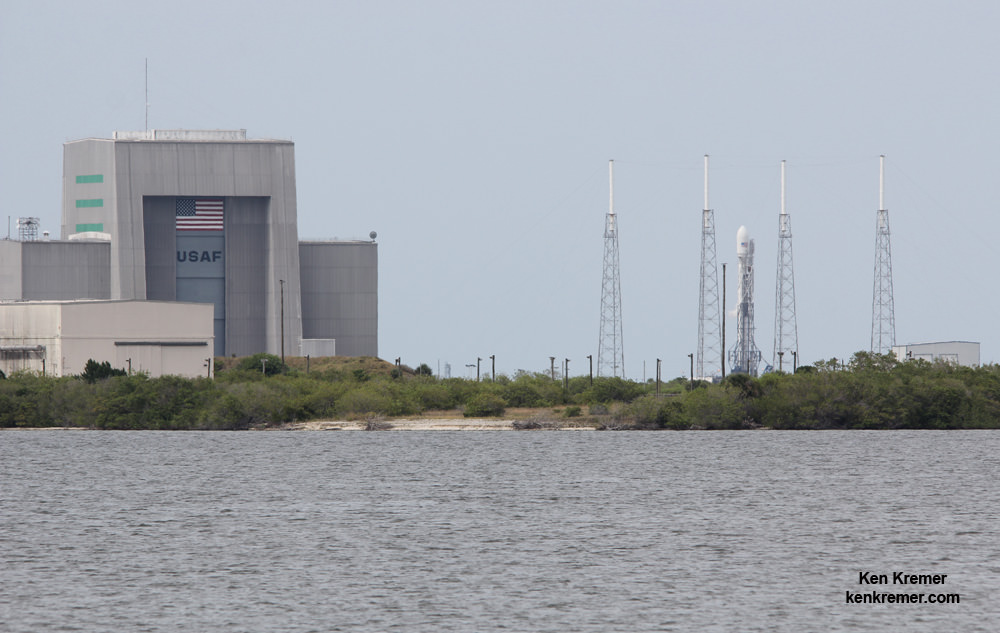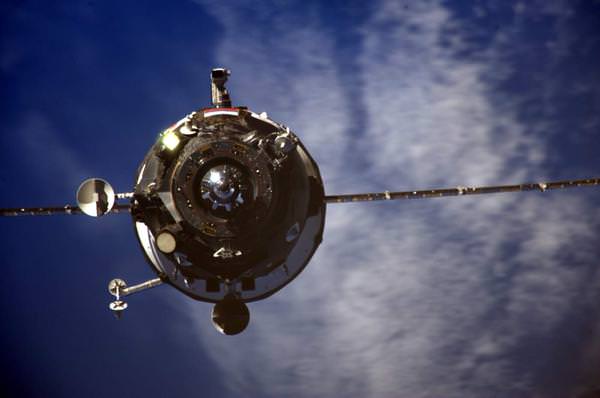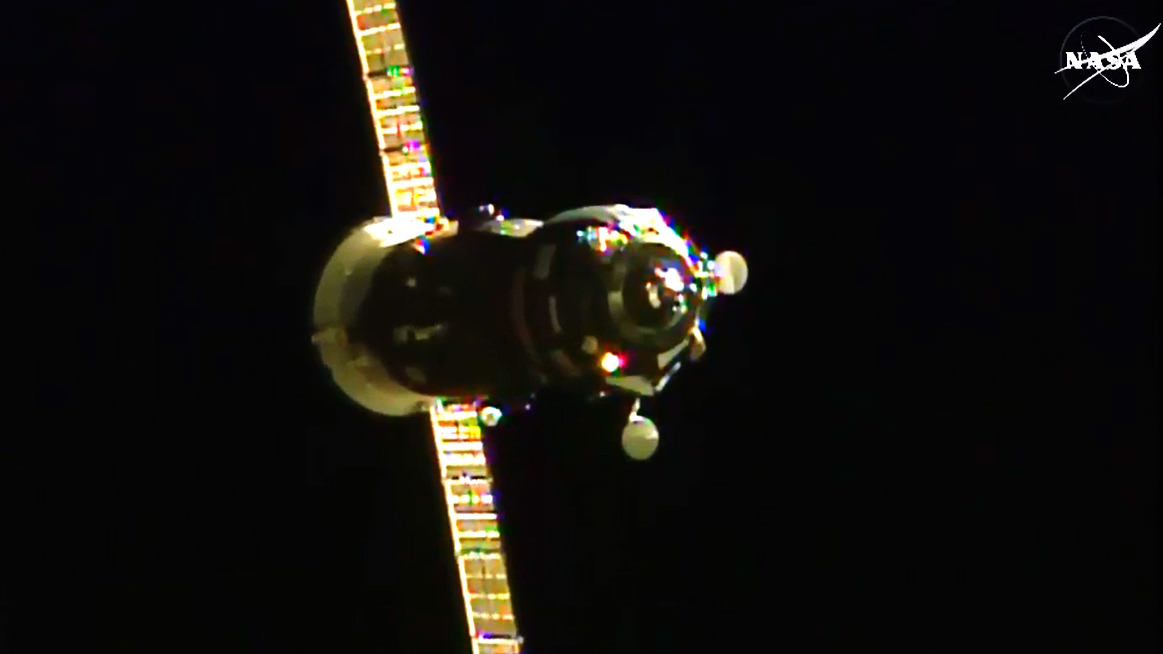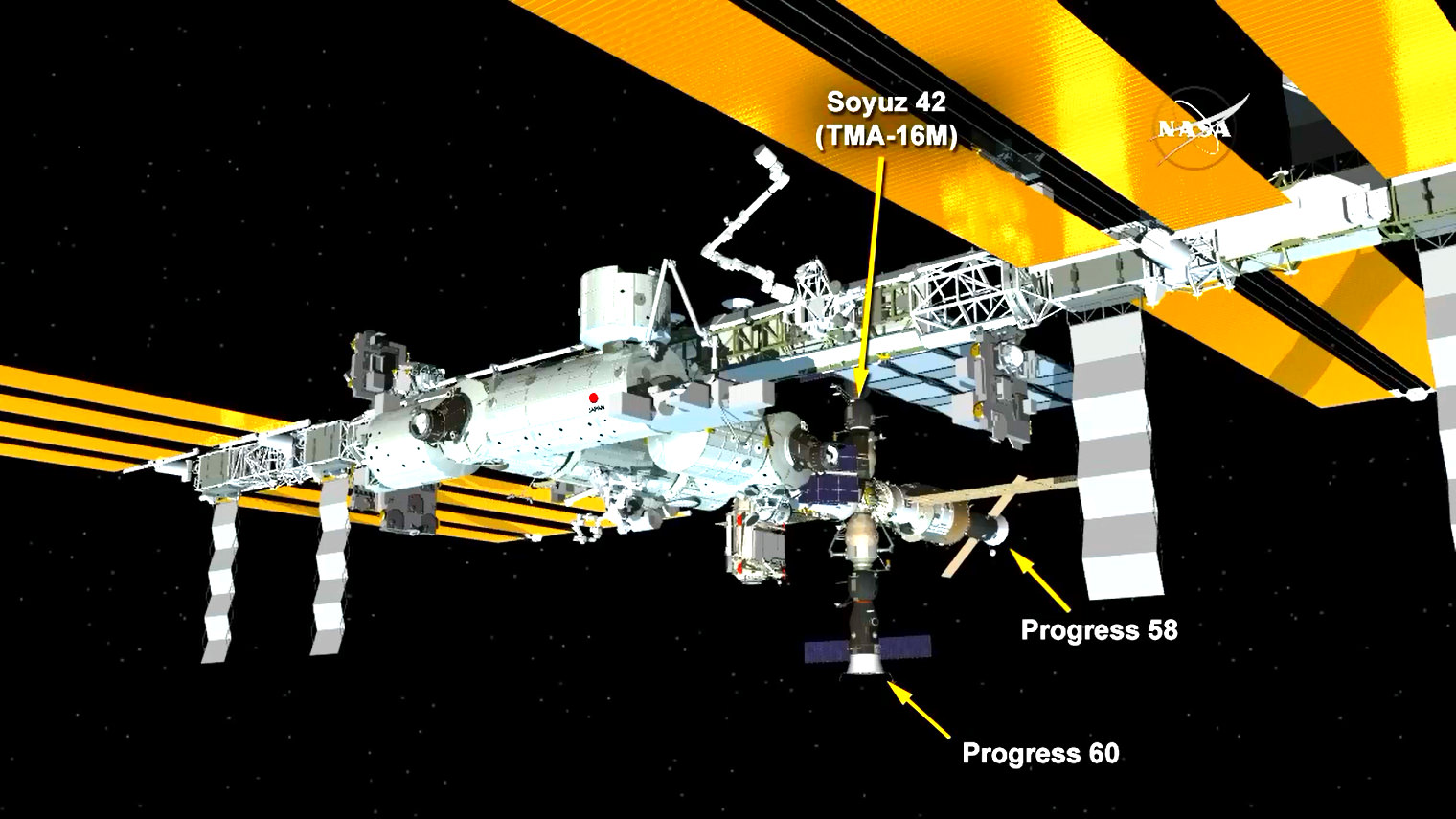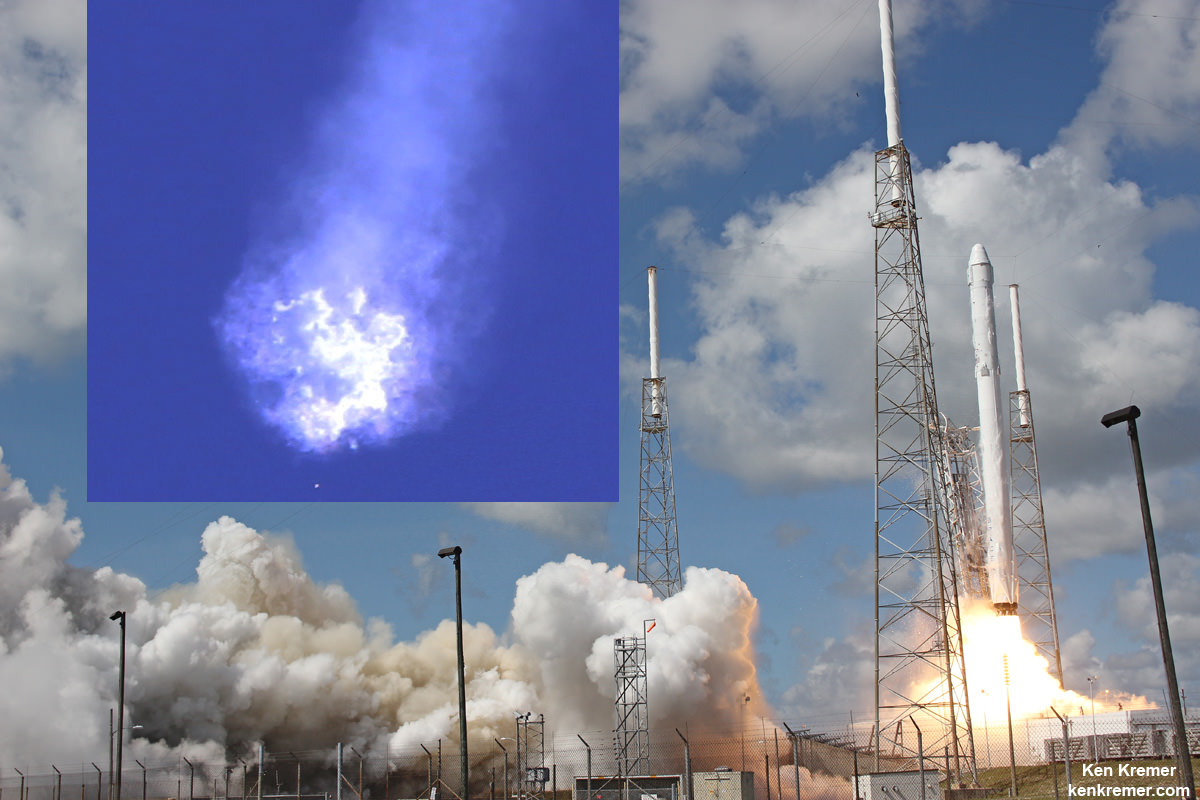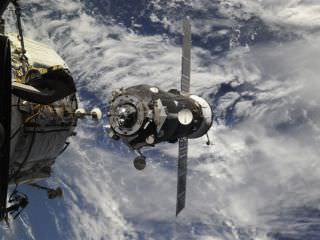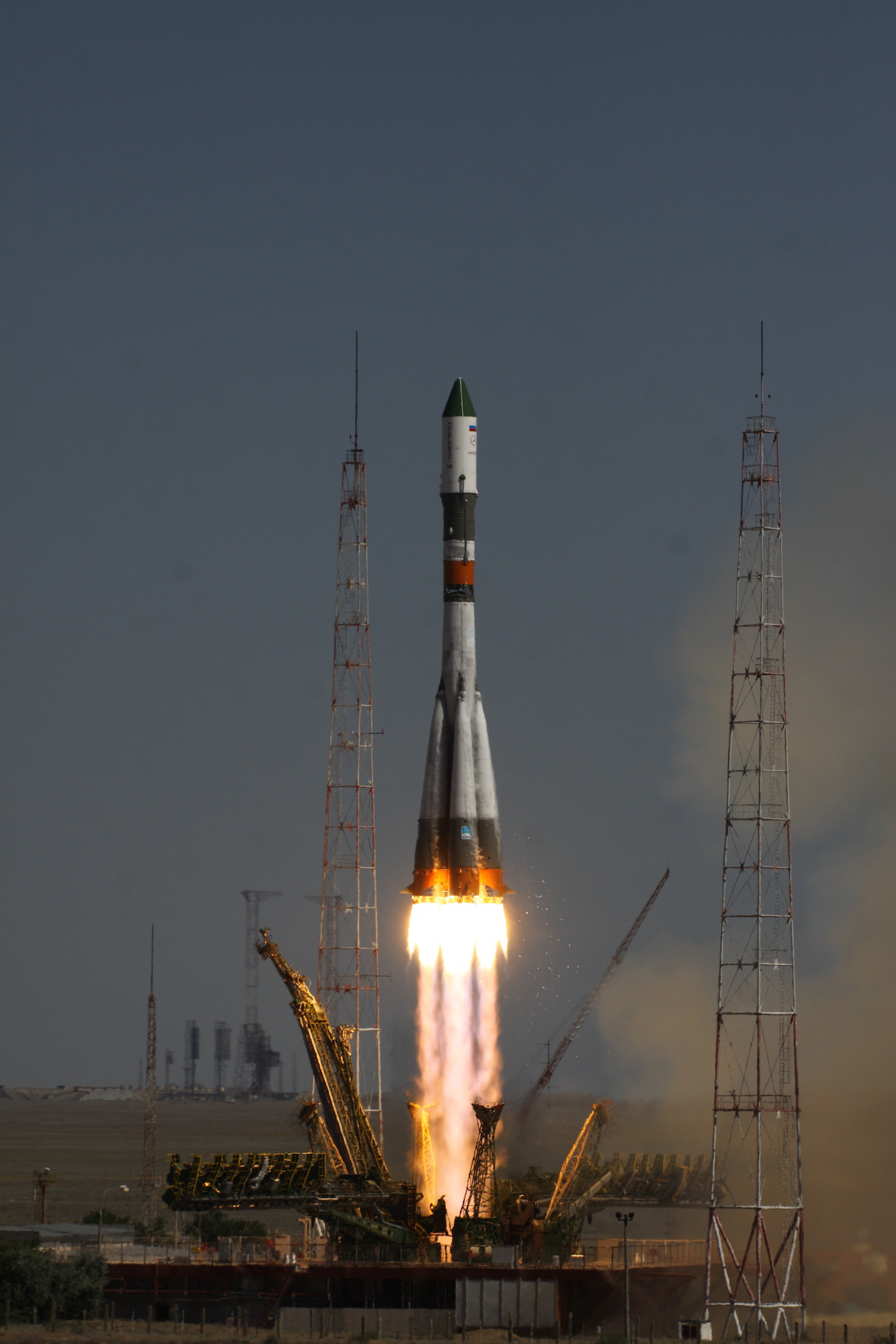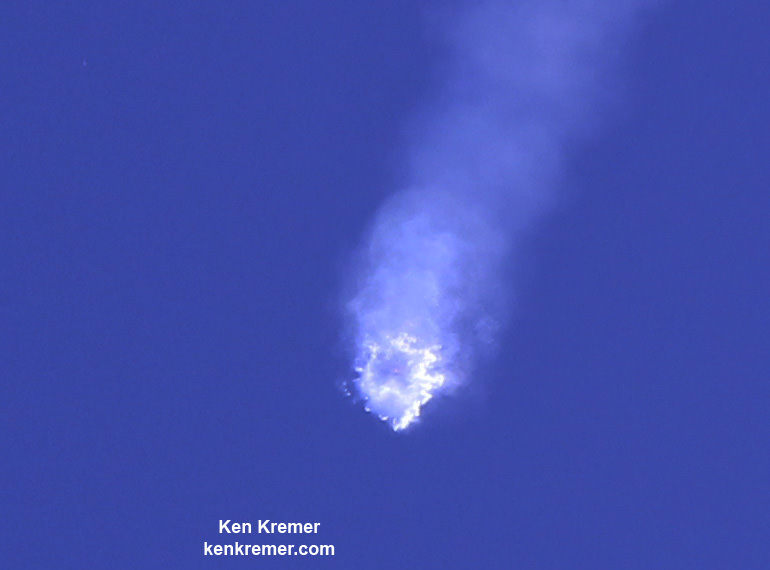SpaceX experienced a rather serious setback last week as a Falcon 9 rocket exploded on the launch pad while preparing for a static fire test. The launch was meant to deploy one of Spacecom latest communications satellites (AMOS-6), which was also destroyed in the accident. Mercifully, no one was hurt, and an investigation was quickly mounted to determine the root cause.
However, in the aftermath of the explosion, it appears that SpaceX could be facing legal battles, as Spacecom indicated that it is seeking compensation for the loss of their satellite. According to a recent press released by the Israel-based telecommunications company, this will either take the form of $50 million, or a free flight aboard another SpaceX launch.
As the sixth satellite to be launched by the telecommunications company, the AMOS-6 satellite was intended to provide phone, video and internet services for the Middle East, Europe, and locations across sub-Sahara Africa. As such, it’s destruction was certainly a loss for the company.
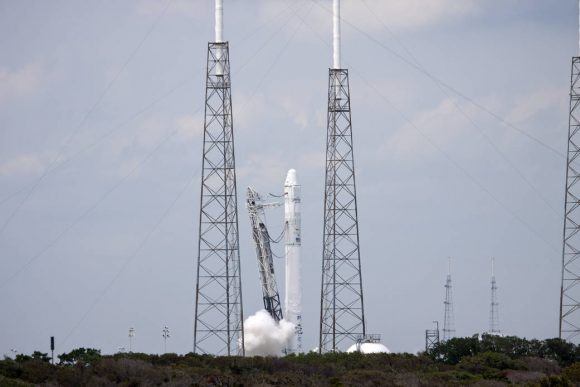
But as they stated in their press release – which was released on Monday, Sept. 5th – their plan is “to recover funds invested in the project” and to replace the satellite as soon as possible. As David Pollack, Spacecom CEO and president, was quoted as saying:
“Spacecom has crafted a plan of action which represents the foundation upon which we shall recover from AMOS-6’s loss. Our program includes, among other measures, exploring the possibility of procuring and launching a replacement satellite. Working quickly and efficiently, management is engaging with current and potential partner. Spacecom will serve all of its current and future financial commitments.”
In addition to covering their losses, these moves are clearly intended to ensure that the company can still move ahead with its planned merger. Prior to the launch, Spacecom was engaged in talks with the Beijing Xinwei Group – a Chinese telecommunications company – about being acquired for $285 million. One of the conditions of this deal was the successful launch of the AMOS-6 and completion of in orbit testing.
As Pollack told the Financial Times, his company is still in the process of negotiating the merger, but the price may come down as a result of the loss. “We are speaking to them;” he said, “we are trying to adapt it to the new situation. It definitely might go ahead… everybody is trying to keep the deal”.
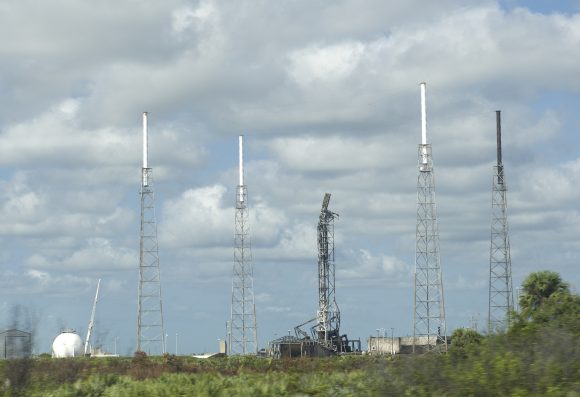
Spacecom has also suggested that the firm might pursue an additional $205 million in compensation from Israel Aerospace Industries, which manufactured the satellite. Not surprising, since the price of their stock had dropped by over a third since the accident took place.
Since the accident took place, SpaceX has been keeping the public updated on the results of their investigation. On Friday, Sept 2nd, they released the latest finds, which included where the problems began:
“The anomaly on the pad resulted in the loss of the vehicle. This was part of a standard pre-launch static fire to demonstrate the health of the vehicle prior to an eventual launch. At the time of the loss, the launch vehicle was vertical and in the process of being fueled for the test. At this time, the data indicates the anomaly originated around the upper stage liquid oxygen tank. Per standard operating procedure, all personnel were clear of the pad. There were no injuries.”
No indications have been given yet as to what could have caused the tanks to explode, but the company is still processing the data and posting updates on a regular basis. In any event, the recent accident appears to have been a minor setback for the private aerospace giant, which will be pushing ahead with a full year of launch contracts.
This will likely include the first launch of the Falcon Heavy, which is expected to take place before 2016 is out.
Further Reading: Amos-Spacecom, FT Times

